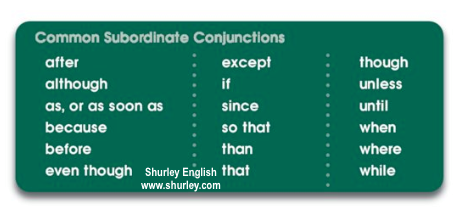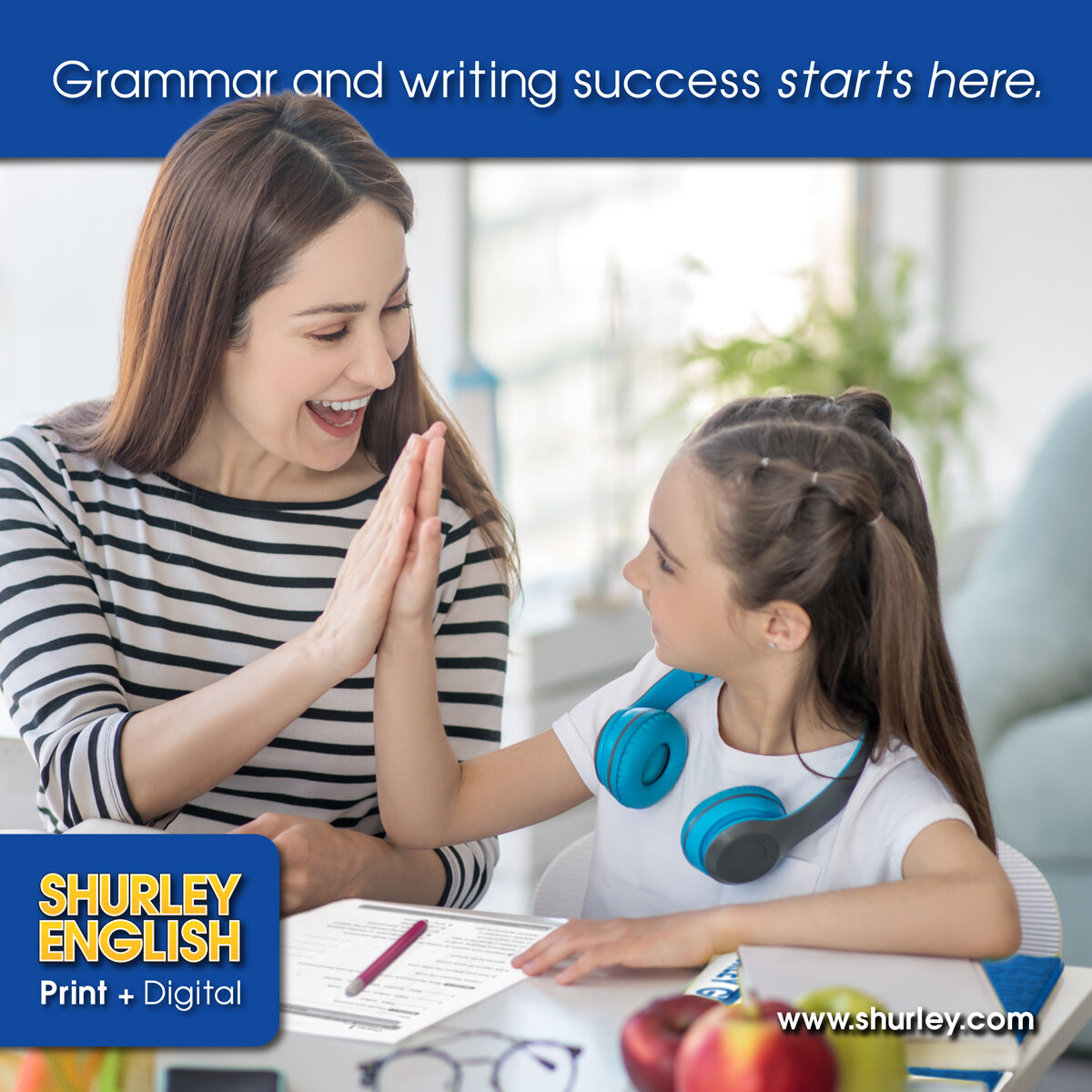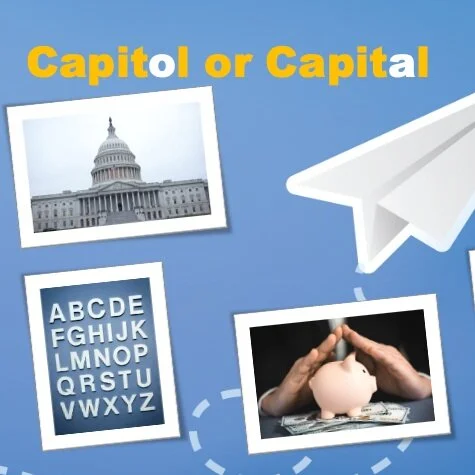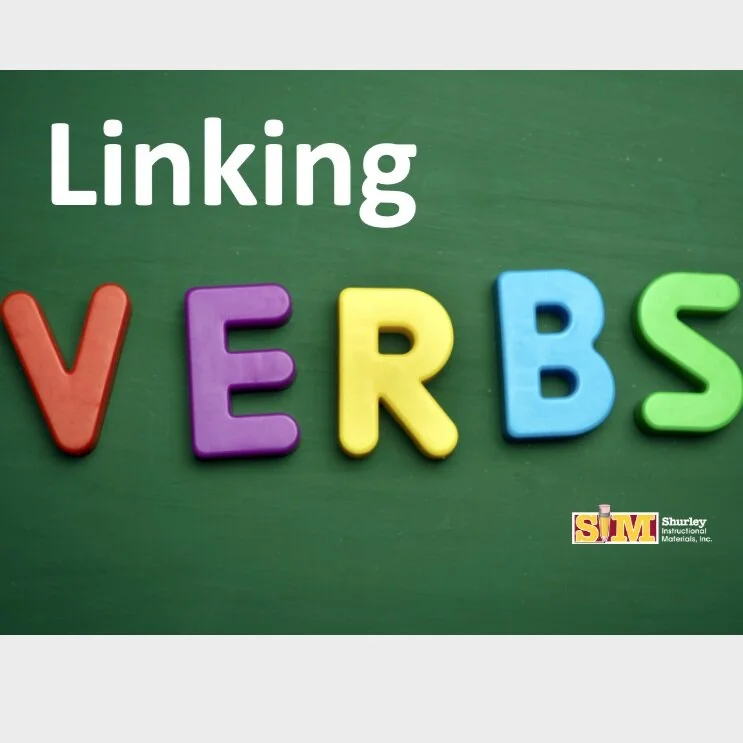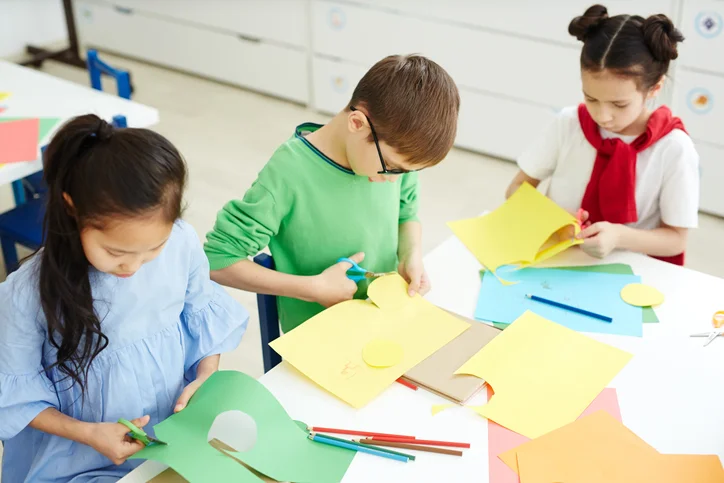“It doesn't happen all at once," said the Skin Horse. "You become. It takes a long time. That's why it doesn't happen often to people who break easily, or have sharp edges, or who have to be carefully kept." -The Velveteen Rabbit
When my teaching career began, my brain was full of idealism, brimming with dreams about how effective I would be, how I would influence kids and their families and MAKE THE WORLD A BETTER PLACE!!! Well, not unlike the Velveteen Rabbit, my journey was a bit precarious, but the journey was worth it. Let me explain.
It was the fall of 1987, and I was about to embark upon my first teaching assignment. The first day I stood in front of a classroom of 22 fourth graders and introduced myself as “Mr. Lutz, their fourth grade teacher,” little did I realize at that moment how unprepared I was. Sure, I had pored through all my teacher editions and written copious lesson plans in anticipation that my eager young scholars would be begging me to offer them daily golden nuggets of knowledge. The first important step, as I had been told repeatedly in college, was to get the kids writing. So, I did. After the usual first-day-of-school-getting-to-know-you stuff was out of the way, I instructed every student to pull out their journals and write their first entry. I pulled out my journal, too, because MODELING is so important. I was taught that if you write with your kids, they will feel less inhibited. They will value writing more because they can tell that I value it. I discussed a little bit about what I thought I would write about to model HOW to think about journal writing. I was on a roll! The kids seemed receptive with their smiling facings nodding how well they understood and how they just couldn’t wait to put pen to paper and reveal their innermost joys from the previous summer.
I had directed my attention to my own journal after feeling exhilaratingly satisfied with how well I had introduced our journal activity. I suppose I am glad that I didn’t notice immediately that only two or three of my fourth graders had actually started to write something in their journals. After a couple of minutes, I did the teachery thing by asking how things were going.
Crickets…
That’s when it hit me like an intercontinental ballistic missile to my gut... these kids had absolutely no idea what they were doing (and neither did I)!
I hate to admit it, but I floundered for years, trying to find the best way to teach kids reading and writing, knowing in my heart that all of the other subjects I was teaching them were dependent on these two core areas. I was failing, and I knew it, and I hated it. I changed schools and grade levels twice during those first hard years. I kept going to lower and lower grade level assignments in search of answers—answers for why my students couldn’t write a complete sentence off the cuff, why they didn’t seem to notice shifts in tense or issues with subject-verb agreement. And creative writing??? Really??? I finally ended up in a combined classroom of first and second graders. That was where I started to understand that kids were coming to school with little to no background knowledge or schema about the world of school. Many of them had never had a parent read to them past the age of three. Most of them had learned poor language habits by the time they hit Kindergarten. Writing experiences had been limited to learning how to form the letters of the alphabet. They had almost no awareness of words or the sounds that composed them. The list went on and on and on.
And then one day, I stumbled upon Shurley English, quite by accident. It was like waking up first thing in the morning after a soul-refreshing night’s sleep. In literally less than four weeks, I had first and second graders who could read a sentence aloud, tell me the subject and verb of the sentence, tell me the adverbs that were modifying the verb, tell me the adjectives that were modifying the nouns, and tell me if the sentence was a statement or a question. As the program unfolded and I followed the teaching script as if it were my bible, my little learners were identifying prepositional phrases in sentences. When I was a student in school, I didn’t learn how to do that until about the sixth grade!
When I began teaching my primary kids about the various tenets of the language, such as singular and plural nouns and verbs, subject-verb agreement, and punctuation rules in the systematic, methodical, rhythmic way Shurley prescribes, every day became a joy to me because I had literally found the proverbial key to the Secret Garden. I was finally able to teach kids how to understand language the way I understood it. Not only was teaching becoming an even deeper passion of mine, I could tell that my students were loving it, too! Those days in the classroom were glorious days for me. Let’s see…how to describe it—have you ever studied magnets? If you have ever taught fourth grade, I know you have! I remember a fourth grade science experiment I did with my very first class back in the day. We sprinkled iron filings on white paper and observed how randomly the filings were arranged on the paper. There was no order, no pattern, nothing about their position on the page was organized. Then, we gently picked up the sheet and laid it on top of a polar magnet—one that has a north and south pole. Like magic, as we centered the random pile of the spilled filings on the page over the magnet, they immediately moved into a beautiful, almost artistic pattern of curves and arcs that with a bit of gentle vibrating of the page turned into what appeared to be almost a figure eight. We were all astounded!
What does this have to do with teaching Shurley English? Well, for me, having the privilege of teaching this curriculum was just as polarizing for my teaching as that magnet was for the iron filings! What was once chaotic, unpredictable, and just plain frustrating about teaching had transformed into a logical, systematic method of helping students become excellent writers and speakers. With the help of a curriculum that contained both the content my students needed and the methodology I needed, I was finally on the right road to becoming a real teacher.
So…how ‘bout it? Interested in becoming a REAL teacher? Remember, it doesn’t happen all at once. You become. It takes a long time, but with a curriculum like Shurley English, you will be able to stay the course—and it is so worth it.



